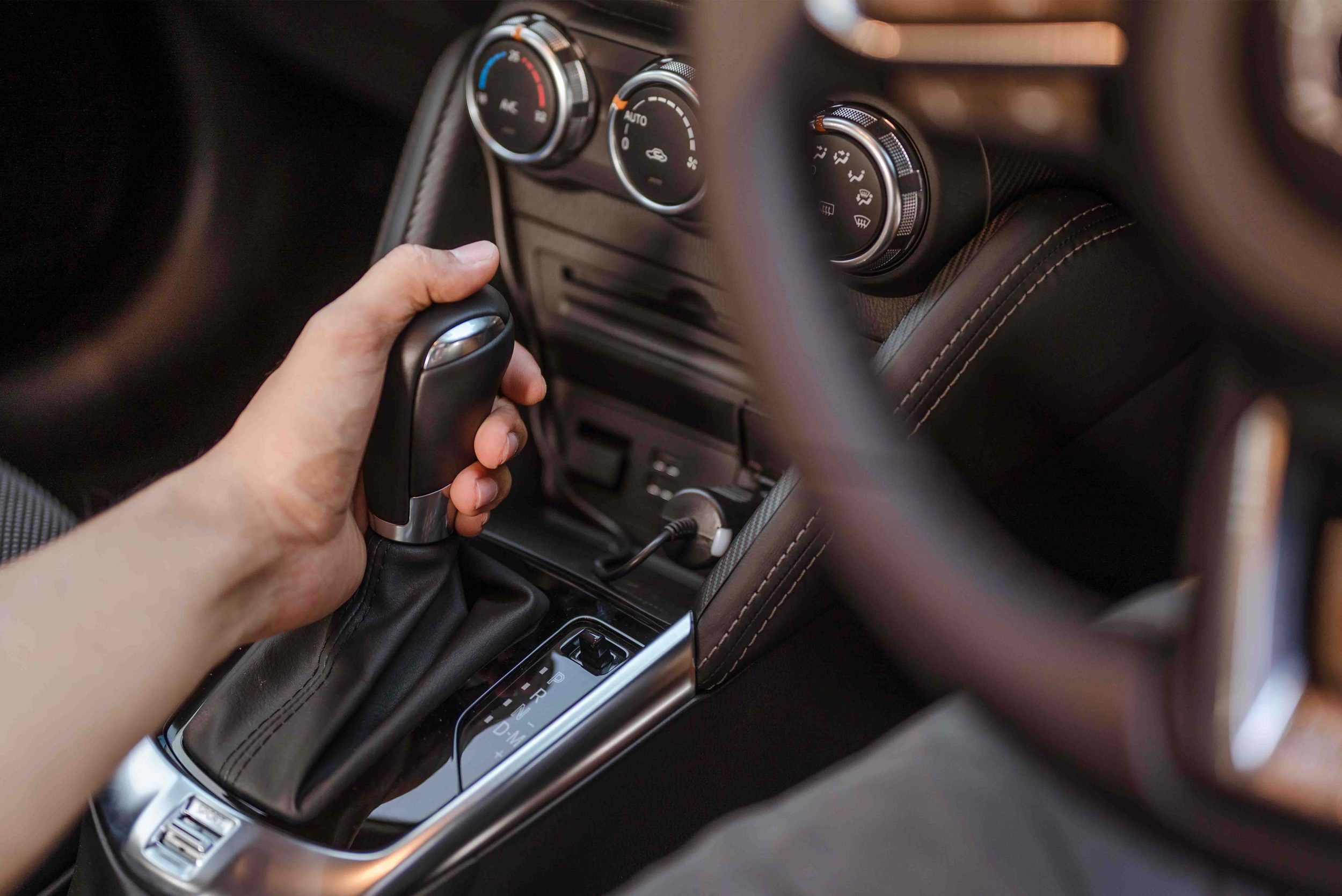Unsure if your car needs an MOT? Wondering how long does it take to do an MOT? Do you not even know what an MOT actually is? This guide has all the answers, explaining the MOT test, how the MOT impacts things like day insurance for your car, as well as offerings tips and advice, so you can become fully informed.
What is an MOT?
An MOT test (or Ministry of Transport test) is an annual test that assesses the safety of a vehicle, its level of roadworthiness and its exhaust emissions. An MOT is a legal requirement for most cars, it includes an in-depth test of both internal and external checks, and it takes place at a garage or MOT test centre.
When do you need an MOT?
An MOT test must take place on your vehicle every year if your car is more than three years old. You must renew your MOT before it expires. The earliest you can renew your MOT is a month before the expiry date.
What is tested in an MOT?
An MOT is very extensive, including a series of internal and external checks, such as your vehicle’s brakes, lights, the fuel system, mirrors, electrical equipment, and exhaust system. You can discover everything that is tested during an MOT in the DVSA’s guidance document.
How much is an MOT?
The maximum price for an MOT has been set by the government at £54.85*. However, some garages will charge less than this, especially if you book in advance and shop around for MOT discount deals. An online search for “cheap MOT” might help you to find a good deal.
Sometimes you will want to book your car in for a service as well as an MOT to make sure everything is in tip-top shape before your test. If the package offered by your garage includes an MOT and a service, this will like cost more than the maximum price for an MOT alone.
*Maximum MOT price is correct as at 11.08.2021.
How long does an MOT take?
An MOT test takes on average around 45 minutes to an hour. Of course, if your vehicle fails the test and repairs are needed before you can drive it away, this will take longer. You won’t be able to take your car after a failed MOT if the serious repairs are not fixed, so it’s a good idea to allow for more time for the test to be performed. Often you will be able to drop your car off in the morning and pick it up in the evening, working around your schedule.

Reasons for failing an MOT
There are a series of common reasons why your car might fail its MOT, these include:
- blown light bulbs/faulty brake lights
- faulty suspension
- unresponsive brakes
- tyre tread depth not meeting the legal minimum of 1.6mm
- windscreen damage
- washers and wipers not working properly
- exhaust emitting unusual smoke or making noises
- unresponsive steering
- low brake fluid, windscreen washer, oil, and fluid leaks
- warning lights
- significant levels of rust.
READ ALSO: Car tyres explained: what you need to check and when
How to help your car pass its MOT
Many people fail their MOT when they could have easily passed with a little preparation. There are some simple things that you can do before your MOT to increase your chances of passing the test so make sure you add these to your pre-MOT checklist:
- top up your screenwash – a basic task that only takes a few minutes.
- clear your car of mess and clutter, also giving the windows and mirrors a wipe.
- make sure there are no problems with your registration plate such as it being dirty or personalised number plates not following DVLA rules.
- make sure no stickers such as parking permits obstruct the windscreen
- address any warning lights before taking your car for an MOT.
READ ALSO: Everything you need to know before changing number plates
What do MOT test results mean?
Once your MOT test has taken place, you will receive a certificate with a pass or fail result. You will see any defects for your vehicle on the certificate:
- dangerous fault is a very serious problem that results in an instant MOT failure
- major fault also results in a failure and should be repaired immediately
- minor fault means the car will pass its MOT, but the issue should be repaired as soon as possible
- advisory means that your vehicle has an issue that could become more serious over time.
What happens if your car fails its MOT?
If your car fails its MOT, the garage or test centre will provide you with a certificate detailing the reasons why it failed. There are over 600 ways that your car can fail its MOT and 40 percent of cars do fail each year.
If your car has been issued a dangerous fault, you will not be able to drive your car home after the MOT. If the garage where you received your MOT from provides repairs, get a quote from them or shop around for the best price on the repairs you need.
The next level down is a major fault and if your car has one of these you can still drive your car away if the vehicle is deemed roadworthy and your previous MOT certificate is still valid. You can then get your repairs made and book another MOT.
If you don’t believe your car should have failed its MOT, you can dispute it within 14 days of your test.
Once your repairs have been made you must book a second MOT. If your MOT certificate expires, you must not drive your car. If you do, you can be fined £2,500, receive a driving ban, and have three points added to your licence.
MOT retests
Once you have fixed any major or dangerous faults in your vehicle, you can then rearrange an MOT retest. Your car must pass this retest before you can drive it on the road again.
If you choose to have your car repaired by the same garage or test centre that issue the MOT, you will be able to receive a partial MOT retest for free within 10 working days, allowing you to receive your new MOT certificate if it passes.
If you go elsewhere for your repairs and you take your car back to the test centre the following working day, you can also receive a partial retest for free depending on which parts have been retested.
If you take your car back for a retest after 10 working days, you will not be charged for a full MOT but a partial retest.

What to do if your MOT expires?
It is illegal to drive your vehicle if your MOT has expired. If you drive your car on the road without a valid MOT certificate, you can be prosecuted, and your car insurance will be invalidated.
So, if your MOT has expired, book it in for a test as soon as possible and do not drive the car except to take it to the test centre. Make sure you carry proof of your booked MOT test in case you are stopped by the police.
What happens if you lose your MOT certificate?
If you happen to lose your MOT certificate, you can get a new one by going to the GOV.UK website and printing it off or you can request a duplicate from a test centre, usually for a small fee of about £10. However, you do not need to bring the certificate with you when your car gets its MOT test.
How do you check your MOT history?
If you want to check your vehicle’s MOT history, you can do so on the GOV.UK website. Here you can see if it passed or failed its tests, the mileage recorded when it was tested, where the tests were done, which parts failed, and when the MOT is next due.
To receive this information, you will need your vehicle’s registration number and the 11-digit number from the vehicle’s logbook (V5C) to see the test location.
Do you need an MOT to get temporary car insurance?
If you are looking to get temporary car insurance so that you can use your car on the road, you will need a valid MOT to be legal. However, if your car doesn’t have a valid MOT, you can get temporary insurance so that you can drive to your MOT test.
However, if you drive your car without a valid MOT for any other reason, your car insurance policy will be invalid. If you make a claim on a car without an MOT, you should expect the pay-out to be lower than normal.
If you are looking to drive your car to get its MOT, our hourly car insurance will provide a temporary and flexible solution.
For more tips, guides, and advice, make sure to visit our news page.



